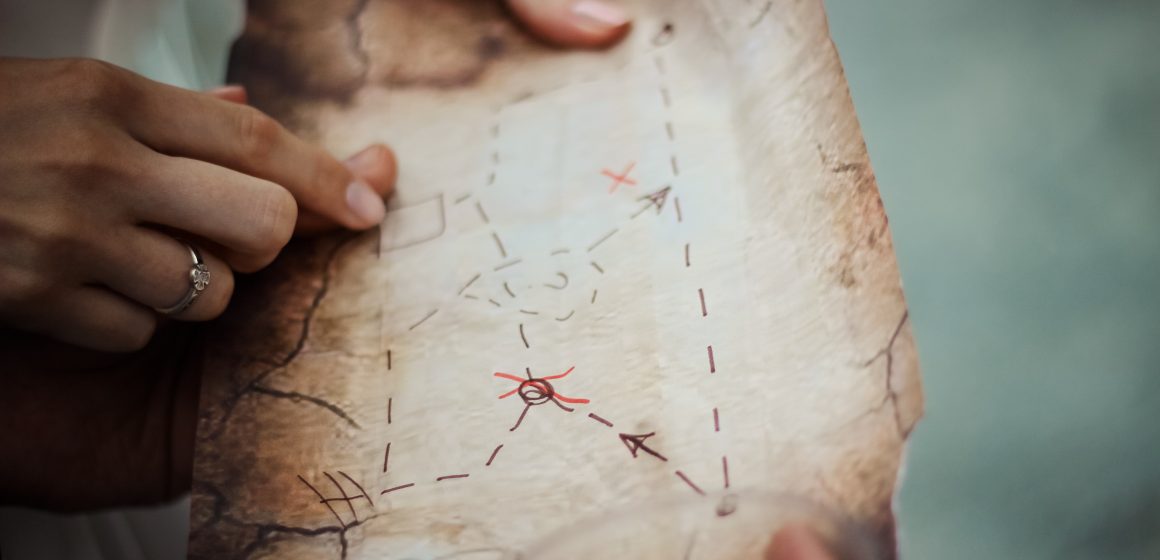Salzburg region: in the valley of emeralds
For several decades, the Habahtal valley in the Hohe Tauern National Park has been a gathering place for scientists and collectors of minerals. They are looking for emeralds that brought mudslides to the surface in the 1920s. Even today, precious finds are found in Habahtal. On the route “Emerald Path” visitors will learn about the mineralogy and geology of the region, as well as get acquainted with the technology of emerald mining. Hiking takes two hours. From mid-June to late September, every Thursday, children can participate in the extraction of emeralds and, if luck smiles, find gems.
Salzburg region: dedication to white gold
On the SalzAlpenSteig cross-border route, travelers are introduced to former salt-mining centers. Along the sparkling lakes, through forests and historic sites, the 230-kilometer-long SalzAlpenSteig leads from Bavaria through Tennengau to Dachstein. During the 18 day stages, travelers get acquainted with the historical area along significant salt mining sites, which have been conducted here for hundreds of years, and discover its treasures and cultural evidence. Along with the picturesque lakes, the trekking program features visits to such important places in the history of salt mining as Hallein and Hallstatt. The unifying element along the way is salt, “white gold”, to which the neighboring regions were once obliged for their well-being.
Styria: forward to the mine!
Mining traditions of the region come to life in the centers of the mining industry of Upper Styria. The Montanarum mine-museum in Altenberg demonstrates objects from adits, many of which are already more than 120 years old – for example, containers in which the miners stored their food, old gauges, plans for mines, tools, and miner’s clothing. With the characteristic ledges of the nearby mountain Erzberg, where the miners still produce valuable iron ore, guests meet in the largest “taxi” in the world, dump truck named Hauly. In addition, visitors may attend blasting operations and explore the underground labyrinth in the demonstration mine to get acquainted with the working conditions of the miners of the past and present.
Styria: Marble mining in Sölktal
In the Styrian Alps more than 350 million years ago, powerful forces formed high-quality marble, which today is mined and processed. White, pink, green and gray crystals are pressed together in marble, which gives it optical softness and warmth. Marble from Kleinzolka cannot be confused in color and structure, and its high quality and frost resistance make it possible to use it in interior and exterior decoration. Each year, 40,000 tons of precious stone is sent to customers throughout Europe – in the form of natural stone, sculptures and objects for landscape construction. Those who wish to see how powerful machines block stone from the bowels of the mountain in blocks, you should go to the quarry in Kleinzölka. During the tour, the visitor learns about the variety of ways to use marble.
Carinthia: where the pomegranate mill knocks
At the Granatium in Radernthain on the Millstatt See, visitors follow in the footsteps of the miners into the world of the pomegranate, whose rich red glowing light has admired people for thousands of years. The exhibition tells about the extraction and application of the desired “Blood Tears” Noken “or” Fire Stone of Love “, as this noble stone is commonly called in common people. After that, visitors go to the gallery, where the magic of the noble stone is revealed. Finally, the “spirit of the miners” appears at the romantic Kaninger Bach stream, where adults and children with the same excitement extract garnet stones from the rock wall at the pit; then they wash them in the old-fashioned pomegranate mill in the old fashioned way and give them to the professionals for grinding.
Tyrol: galleries name is
The open-air Mining History Museum “The World of Miners of Gurgltal” in Tyrolese Tarrenz invites you to take an underground journey through time. In the Gurgltal valley and its side valleys, about 500 years ago, several mining mines were mined to produce lead ore. The Museum of the World of Miners of Gurgltal gives you the opportunity to touch the life of the medieval miners. The mine building, the miner’s house, the crusher, the grid furnace and the forge display the workplace and the collective life of the miners of the past. The exhibition in the galleries tells about the different ways of ore mining.
Source: http://russianvienna.com/eto-interesno/4313-poisk-sokrovishch-v-avstrii

